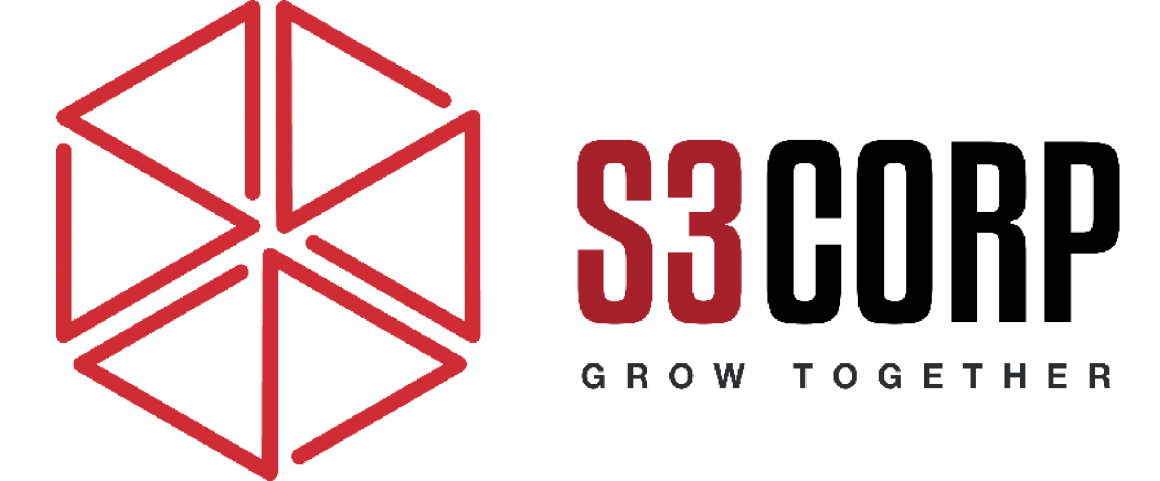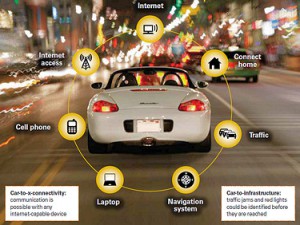5 Emerging Tech Trends in 2015
— January 13, 2015
The Decline of Cable Bundles
Cable television bundles are steadily losing relevance as Web-based TV services rise. Dish Network’s Sling TV, introduced at CES 2015, represents a turning point. For $20 per month, subscribers gain access to popular channels like ESPN, Disney, CNN, Food Network, TBS, and Cartoon Network. This model challenges traditional cable by offering a flexible, cost-effective alternative. The integration of Hulu Plus, Netflix, and other streaming platforms directly into new TVs further underscores this shift. Consumers are increasingly seeking convenience and tailored viewing experiences, making traditional bundles appear outdated. This trend also presents opportunities for companies engaged in software outsourcing industry, as they can contribute to developing and optimizing web-based TV applications for global audiences.
The Rise of Connected Technology
Connectivity was the most pervasive theme at CES 2015. Devices ranging from smartwatches and fitness trackers to internet-enabled refrigerators dominated the show floor. The proliferation of these innovations marks a shift toward the Internet of Things, where everyday objects become interconnected. Startups are driving this change by integrating technology into unexpected items such as furniture and toothbrushes. This transformation is largely inspired by the success of companies like Nest, which have set benchmarks for integrating technology into household items. As connected technology continues to evolve, Vietnam software services sector can play a pivotal role in supporting the development of secure, efficient, and innovative IoT solutions.
Cars as Computing Powerhouses
Modern vehicles are transforming into advanced computing systems, offering features that extend far beyond transportation. At CES 2015, cars like the BMW i8 showcased this shift. The i8 is equipped with an internet connection, GPS, music streaming services, and even social media access. These features are becoming standard in vehicles from major manufacturers. The car’s ability to monitor mechanical components and offer real-time data highlights its role as a connected device. This evolution presents opportunities for software development companies, including those in Vietnam, to specialize in automotive software that enhances safety, convenience, and entertainment for users.
Advances in Fitness, Health, and Beauty Technology
Fitness, health, and beauty technology gained significant attention at CES 2015. Innovations ranged from wearables that monitor physical activity to smart beauty tools that enhance personal care. Panasonic’s smart mirror, for instance, provides users with visual feedback on how their makeup will look under different conditions. Similarly, Interaxon’s Muse headband uses brain-sensing technology to support focus and emotional regulation. These innovations demonstrate the potential for technology to improve well-being and self-care. For mobile application developers, including those in Vietnam, these advancements offer opportunities to create apps that integrate with wearable devices or provide personalized recommendations for users.
Apple’s Continued Dominance
Despite the buzz surrounding various CES launches, Apple remained a focal point in the tech industry. Midway through the event, news about the upcoming MacBook Air and Apple Watch overshadowed many other announcements. The Apple Watch, in particular, has become a benchmark for wearable technology, influencing the strategies of numerous competitors. This dominance underscores Apple’s ability to shape consumer expectations and drive innovation in the industry. Companies specializing in mobile application development can align their offerings with Apple’s ecosystem to maximize market relevance and capture consumer interest.






